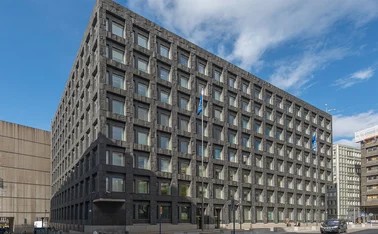
RBI research arm tests blockchain for clearing, settlement
IDRBT releases white paper on applications of blockchain tech, examining the benefits for Indian financial sector

The research arm of the Reserve Bank of India (RBI) has created a blockchain proof-of-concept (PoC) architecture, presented in a white paper published in January 2017.
In its paper, Applications of blockchain technology to banking and financial sector in India, the Institute for Development and Research in Banking Technology (IDRBT) says it has tested the technology for core banking processes in the country.
Blockchain, or distributed ledger, technology has become the research objective for many
Only users who have a paid subscription or are part of a corporate subscription are able to print or copy content.
To access these options, along with all other subscription benefits, please contact info@centralbanking.com or view our subscription options here: subscriptions.centralbanking.com/subscribe
You are currently unable to print this content. Please contact info@centralbanking.com to find out more.
You are currently unable to copy this content. Please contact info@centralbanking.com to find out more.
Copyright Infopro Digital Limited. All rights reserved.
As outlined in our terms and conditions, https://www.infopro-digital.com/terms-and-conditions/subscriptions/ (point 2.4), printing is limited to a single copy.
If you would like to purchase additional rights please email info@centralbanking.com test test test
Copyright Infopro Digital Limited. All rights reserved.
You may share this content using our article tools. As outlined in our terms and conditions, https://www.infopro-digital.com/terms-and-conditions/subscriptions/ (clause 2.4), an Authorised User may only make one copy of the materials for their own personal use. You must also comply with the restrictions in clause 2.5.
If you would like to purchase additional rights please email info@centralbanking.com test test test







